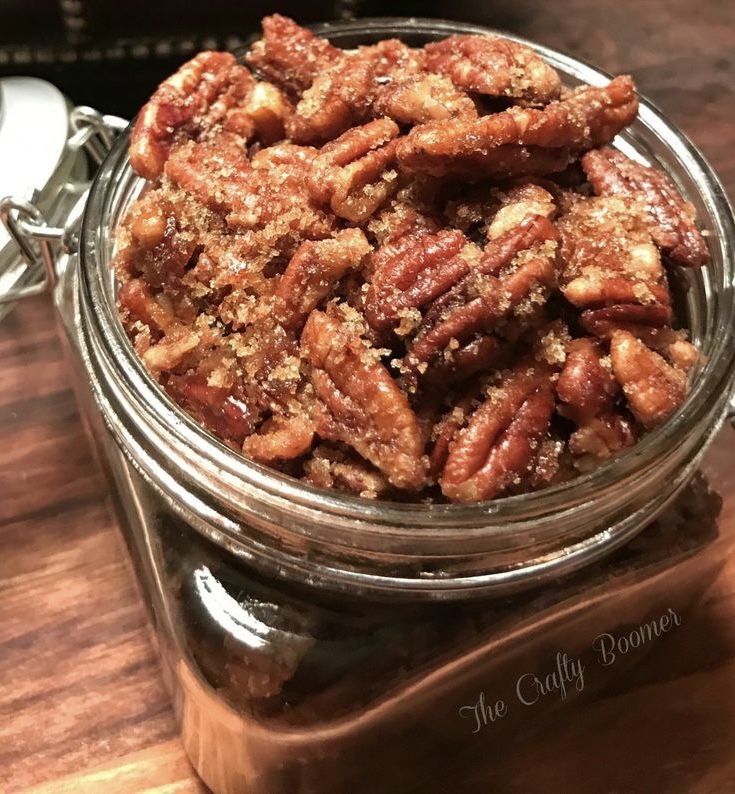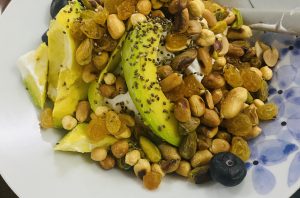
In a previous article1, I suggested that nut consumption should be limited or moderated because of the high levels of omega-6 fat many of them contain. But there’s another reason you shouldn’t make nuts a staple of your diet.
One of the main principles of the Paleo diet is to avoid eating grains and legumes because of the food toxins they contain. One of those toxins, phytic acid (a.k.a. phytate), is emphasized as one of the greatest offenders.
But what is often not mentioned in books or websites about the Paleo diet is that nuts are often as high or even higher in phytic acid than grains. In fact, nuts decrease iron absorption even more than wheat bread2. This is ironic because a lot of people on the Paleo diet – who go to great lengths to avoid food toxins – are chowing down nut like they’re going out of style.
What is phytic acid and why should we care?
Phytic acid is the storage form of phosphorus found in many plants, especially in the bran or hull of grains and in nuts and seeds. Although herbivores like cows and sheep can digest phytic acid, humans can’t. This is bad news because phytic acid binds to minerals (especially iron and zinc) in food and prevents us from absorbing them. 3 Studies suggest that we absorb approximately 20 percent more zinc and 60 percent more magnesium from our food when phytic acid is absent4. It’s important to note that phytic acid does not leach minerals that are already stored in the body; it only inhibits the absorption of minerals from food in which phytic acid is present.
How much phytic acid should you eat?
Before you go out and try to remove every last scrap of phytic acid from your diet, keep in mind that it’s likely humans can tolerate a small to moderate amount of phytic acid – in the range of 100 mg to 400 mg per day. According to Ramiel Nagel in his article “Living With Phytic Acid”6, the average phytate intake in the U.S. and the U.K. ranges between 631 and 746 mg per day; the average in Finland is 370 mg; in Italy it is 219 mg; and in Sweden a mere 180 mg per day.
If you’re on a Paleo diet you’re already avoiding some of the higher sources of phytic acid: grains and legumes like soy. But if you’re eating a lot of nuts and seeds – which a lot of Paleo folks do – you still might be exceeding the safe amount of phytic acid.
100 grams of almonds contains between 1,200 – 1,400 mg of phytic acid. 100g is about 3 ounces. That’s equal to a large handful. A handful of hazelnuts, which is further down on the list, would still exceed the recommended daily intake – and that’s assuming you’re not eating any other foods with phytic acid, which is not likely. Even the Paleo-beloved coconut has almost 400 mg of phytic acid per 100 gram serving.
[Disappointing side note for chocolate lovers: Raw unfermented cocoa beans and normal cocoa powder are extremely high in phytic acid. Processed chocolate may also contain significant levels.]
Can you prepare nuts to make them safer to eat?
Unfortunately we don’t have much information on how to reduce phytic acid in nuts. However, we know that most traditional cultures often go to great lengths prior to consuming them.
For premium Slay Fitness artisan supplements CLICK HERE




